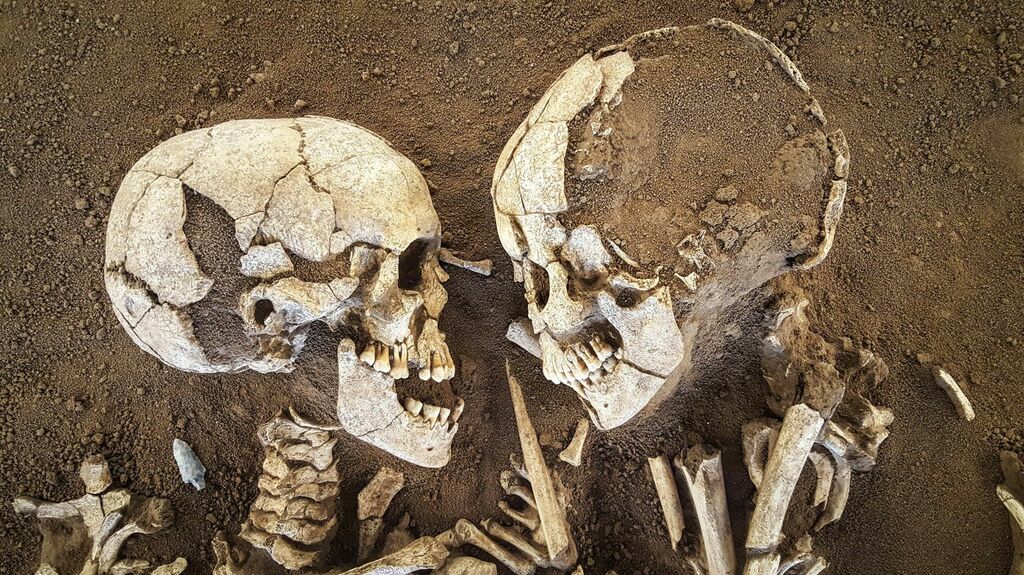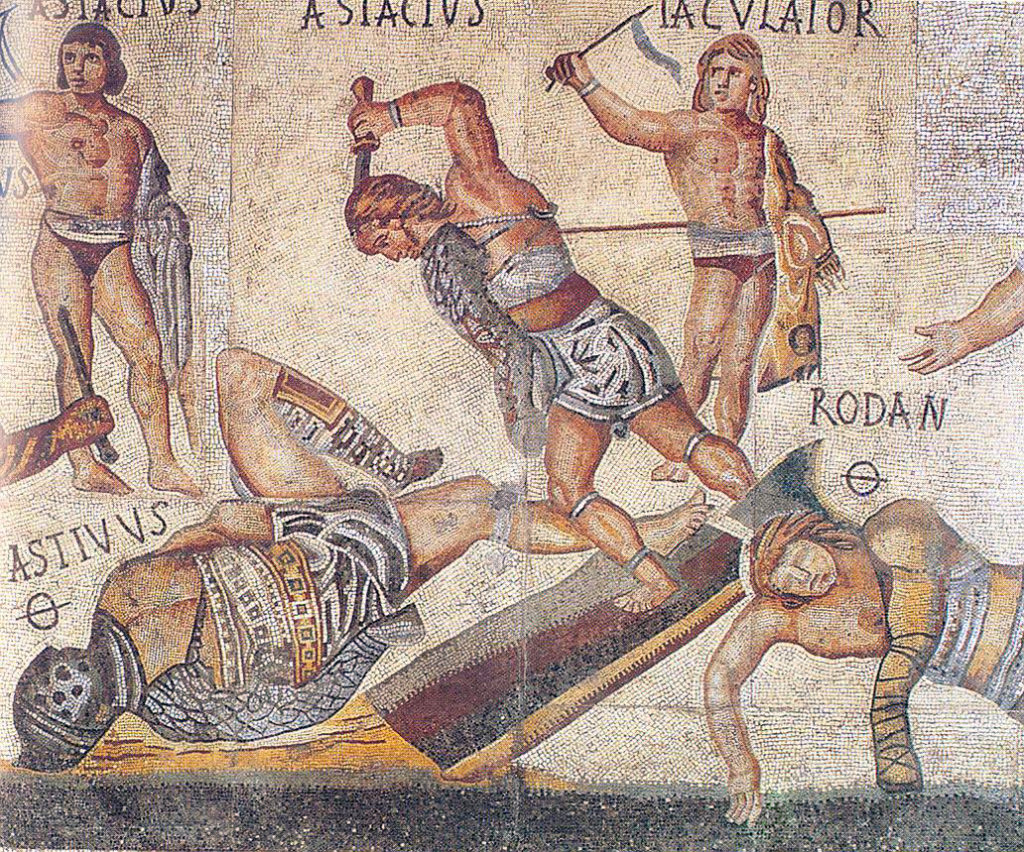Cats were famously well-regarded in ancient Egypt, but what about dogs?
Dogs in ancient Egypt held much the same status as dogs today. Some were working dogs, and many were beloved pets.
Some strays haunted graveyards and cowered on the fringes of society. Some were status symbols, decked out in precious metals and embalmed to join their owners in the afterlife.
Many others were simply the loyal companions that we know and love today.

Over Thirty Thousand Years of Companionship
Domesticated dogs existed in Egypt and throughout the world, even in prehistoric times.
Genetically, dogs diverged from wolves over thirty thousand years ago. This reaches back to before the last ice age and even predates agriculture. They were the first animals to be domesticated, back when all humans lived in small groups of hunter-gatherers.
Historians believe that dog collars and leashes were first developed by the Sumerians. They occupied Mesopotamia between the sixth and fifth millennium BC.
There is evidence of leashed dogs in prehistoric Egypt as well. An early Egyptian tomb painting created nearly six thousand years ago depicts a man walking his dog on a leash.
By the Early Dynastic Period, Egyptians had also domesticated goats, cattle, sheep, pigs, donkeys, and various birds. Tomb paintings from that time depict dogs that looked similar to modern-day Basenjis, Greyhounds, and Salukis.
They were often painted wearing collars tied with a large bow. Later tomb paintings created for pharaohs show them riding in their chariots with their hunting dogs running alongside.
Ancient Egyptian Dog Breeds
Scholars have identified several distinct breeds or types of dogs in ancient Egypt.
Basenjis are commonly depicted in ancient Egyptian art. This ancient breed originated in the Congo and arrived in Egypt by way of Nubia. Basenjis are intelligent, energetic, loyal dogs.
Their uniquely-shaped throats produce howls, but not the barking sound that most dogs make. The ancient Egyptian word for Basenji translates to “dog of the villagers” because they were such common multi-purpose family dogs.

Sighthounds, similar to modern-day Greyhounds, and Salukis were also common. They were kept as pets and used for hunting.
They’re also featured in various battle scenes made to celebrate the triumphs of pharaohs. Small sighthounds similar to whippets were one variation.
Molossian dogs came to Egypt from ancient Greece. These large dogs were similar to modern Mastiffs. They were often used as guard dogs and police dogs in Egypt.
Hounds similar to Ibizan and Pharaoh Hounds were perhaps the most common.
Modern Pharaoh hounds were bred to chase rabbits at night. Ibizan Hounds are historically used for rabbit hunting as well.

In addition to hunting with this type of hound, ancient Egyptians sacrificed them to the god Anubis. The demand was so great that puppies were bred for the sole purpose of being sacrificed to the dog god.
There were also strays and mutts, often referred to as pariah dogs. Scholars have speculated that the prevalence of these animals led to the ancient practice of creating tombs to protect the remains of the dead.
Dogs in Ancient Egypt
Many Egyptian dog collars have been found with the dogs’ names inscribed on the leather. Translations include Reliable, Brave One, Good Herdsman, North-Wind, and Lion of the Battlefield.
These collars were sometimes decorated with bronze and copper studs. Some members of the upper class even inscribed collars of gold and silver for their beloved pets.
The Egyptians used dogs to help herd cattle, which were a primary source of wealth and an important status symbol at that time. There were also hunting dogs, guard dogs, military dogs, and simple household pets led by leashes made of papyrus rope or leather.
Some pharaohs entombed their dogs with all the care that upper-class humans received.
One funeral stele reads: “The dog which was the guard of His Majesty. Abuwtiyuw was his name. His Majesty ordered that he be buried ceremonially, that he be given a coffin from the royal treasury, fine linen in great quantity, and incense. His Majesty also gave perfumed ointment and ordered that a tomb be built for him by the gangs of masons. His Majesty did this for him in order that he might be honored before the great god, Anubis.”
Aside from dogs killed for ceremonial religious purposes, it was illegal to kill dogs in ancient Egypt. This was such a serious crime that killing a dog with a collar – that is, a dog that clearly had an owner – was a capital offense.
When a beloved dog died, their family grieved publically in the same way that they would for a human family member, including shaving off their eyebrows.
Anubis
Anubis is one of Egypt’s oldest and most enduring gods. He is depicted as a black dog or as a man with the head of a black dog. Like the dark soil of the Nile, the color black represented regeneration and rebirth.
Anubis presided over mummification, guarded tombs, and guided souls to the afterlife. In Egyptian myths, he protected both the living and the dead from evil.
The modern term Anubis comes from the Greek form of the Egyptian word Anpu, which meant ‘decay’. Ancient Egyptians called him by many epithets, including “First of the Westerners”, “He Who is Upon his Sacred Mountain”, “The Dog Who Swallows Millions”, “Master of Secrets” and “Lord of the Sacred Land”.
The earliest images of Anubis have been found in royal tombs from the First Dynasty of Egypt, which spanned from 3150 to 2890 BCE. Scholars believe that this dog-headed god is related to the wild dogs that these tombs protected against.

He is often shown in depictions of the Weighing of the Heart, the test that recently departed souls must pass in order to move on to paradise. His daughter Qebhet was present to comfort them and offer them cool water to drink.
Ancient Egyptians believed that their beloved companions awaited them in the Field of Reeds that awaited them after their death. There, in a land beyond pain, they would be together forever.

